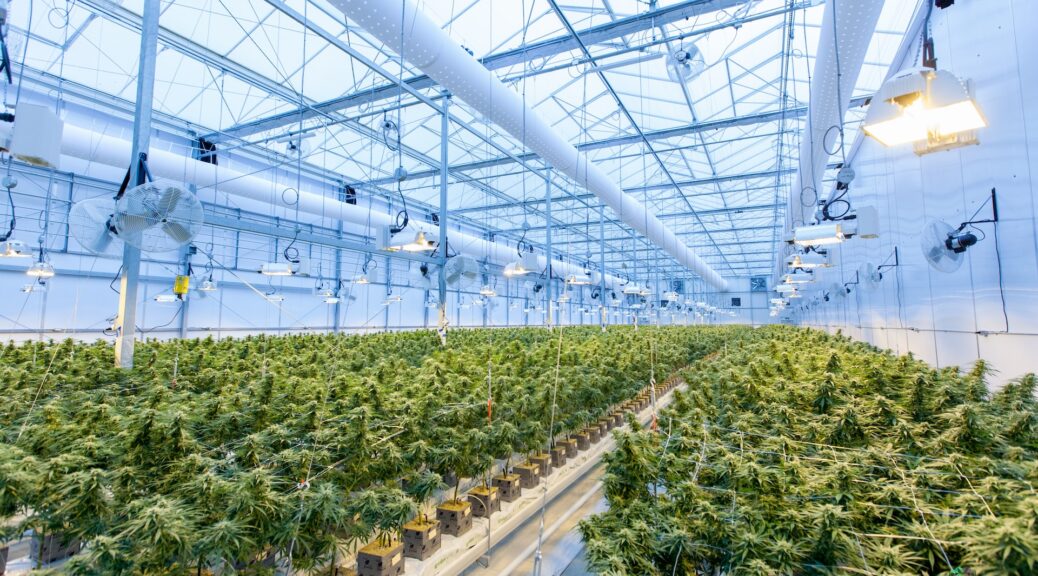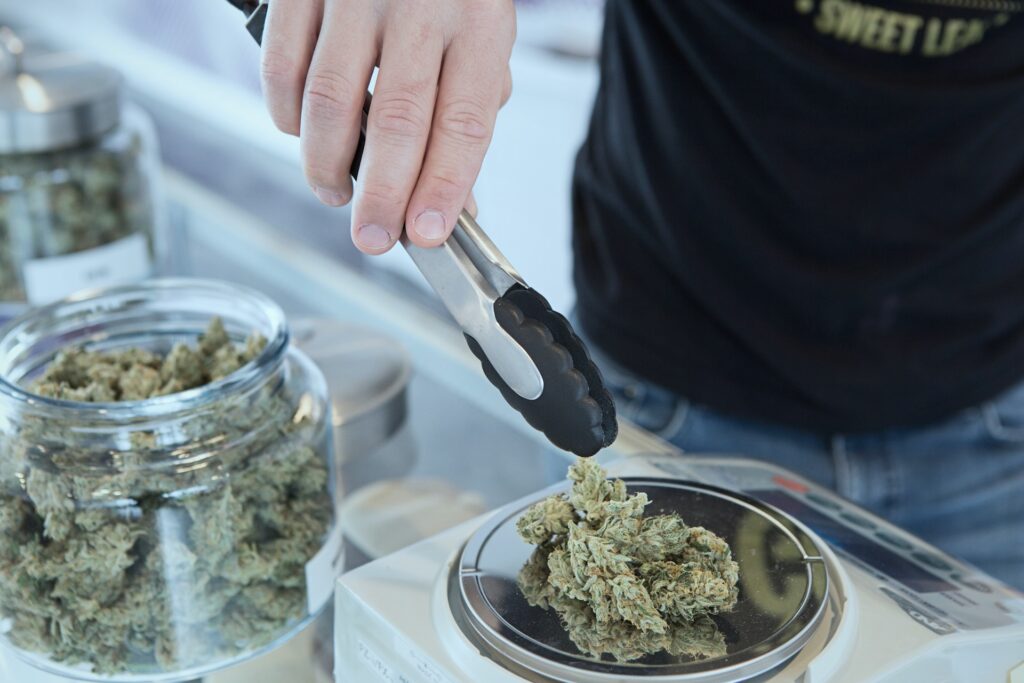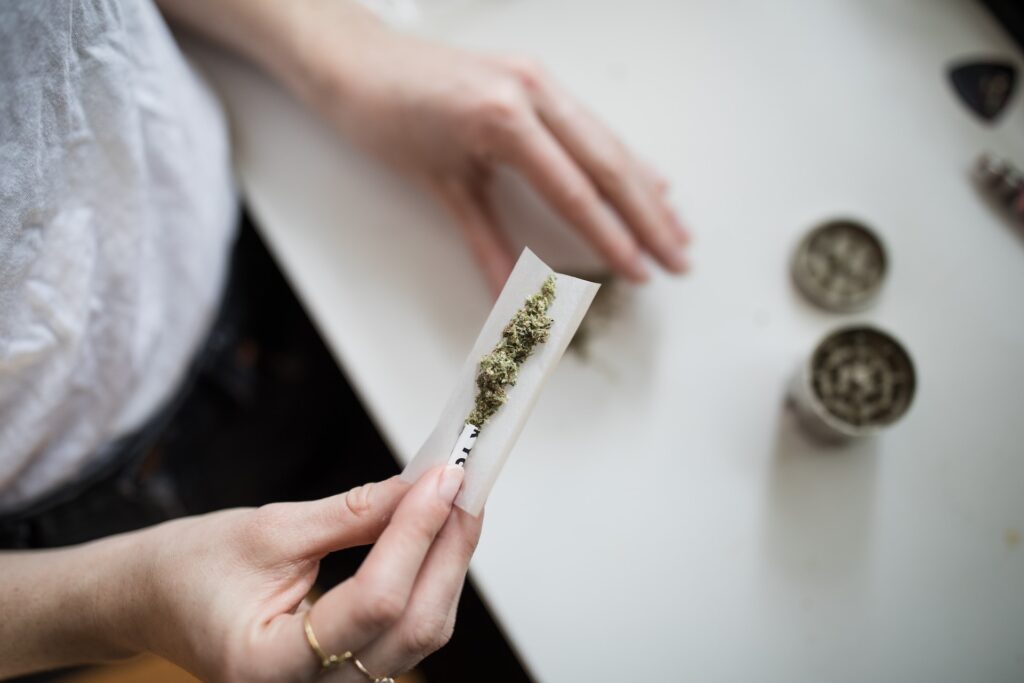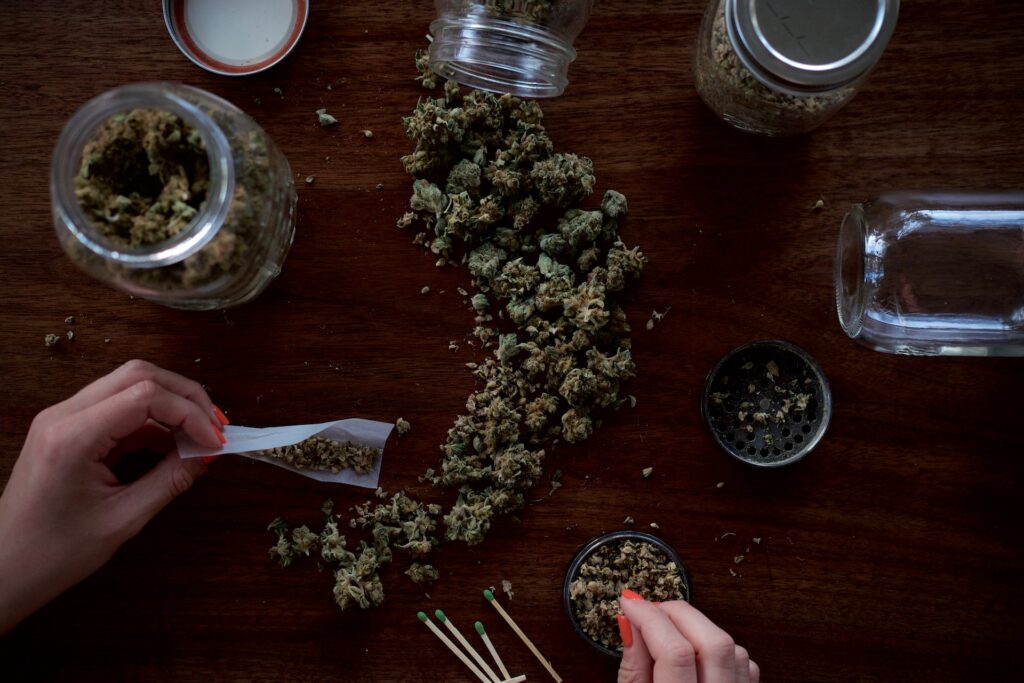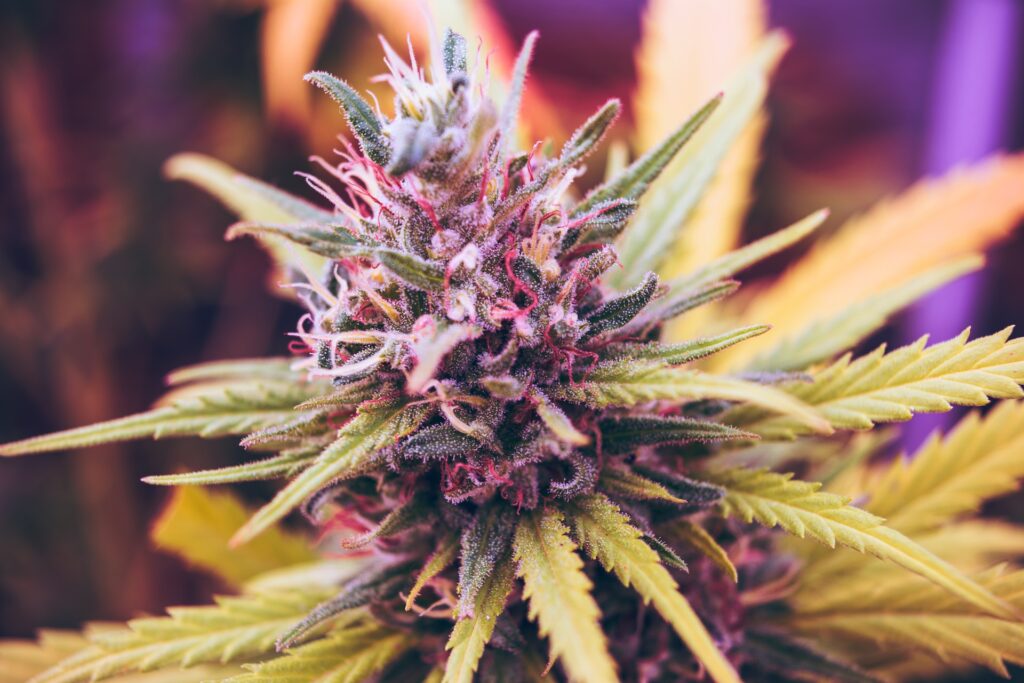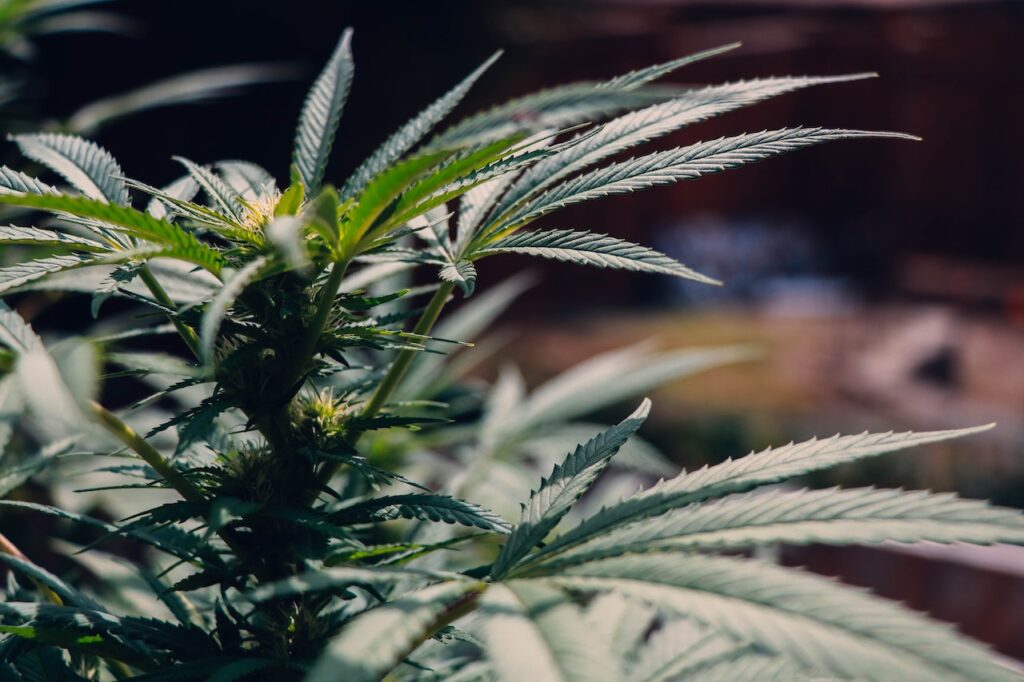Hybrid cannabis plants are a combo of sativa and indica strains — most of the popular buds we smoke today are hybrids.
Most hybrid strains are Indica-dominant or Sativa-dominant, giving you a decent idea about the effects to expect. These effects differ based on the parent plants the hybrid came from — typically, Sativa-dominant hybrids are more energetic, while Indica-dominant hybrids are more relaxing.
But what does sativa mean? What does indica mean? What does hybrid weed do? Are there other varieties of cannabis?
Keep reading for the answers if you’ve ever asked one of these questions.
Related: What’s Your Favorite Color? Recommend a Strain for Beginners
Sativa vs. Indica vs. Hybrids: Differences Explained
There are two primary cannabis types: sativa and indica. However, a third type comes from breeding these two strains together — hybrid weed.
Sativa, Indica, and hybrid strains all come with different effects for medicinal and recreational purposes.
While sativa strains typically produce a head high, and Indica strains usually promote body relaxation, hybrids fall somewhere in the middle.
Depending on the strains they’re made from, hybrid cannabis can have a range of effects.
Between these three cannabis types, there are varying cannabinoids, terpenes, and flavonoids present, resulting in different highs.
Sativa, indica, hybrid, what? Find your perfect strain without worrying about terminology with the Weedcolors app.
What Is Sativa?
Sativa cannabis typically comes from Eastern Asia but also grows in Africa, other parts of Asia, and Central America. These strains thrive in hot, dry environments with lots of sun.
The plants are tall and thin with finger-like leaves. They can grow over 12 feet tall and take longer to mature than indica plants.
Sativa produces a head high with energizing and anxiety-reducing effects, promoting creativity and productivity.
These strains are great for daytime use — they can be extremely stimulating. Sativa strains are often better for treating psychological disorders like depression and anxiety.
Sativa Cannabinoids
Sativa strains are typically high in THC and low in CBD. They also contain terpenes like beta-caryophyllene and limonene.
Some Sativas also have high levels of THCV, but that’s not always the case.
Some Indica strains can have similar terpene and cannabinoid profiles, depending on where it’s grown and its parent plants.
Sativa Effects
Sativa can make you feel on top of the world, bringing energy and creativity boosts to its users. It has an uplifting effect thanks to its unique blend of cannabinoids, terpenes, and flavonoids.
Some varieties contain THCV, CBG, pinene, beta-caryophyllene, and limonene, creating an even more energizing effect — most notably, the Durban Poison strain.
Sativa Strains
Popular sativa strains include:
- Strawberry Cough
- Durban Poison
- Trainwreck
- Super Silver Haze
- Blue Dream
Sativa Overview
- Origin: Hot, dry climates
- Description: Tall and thin with finger-like leaves
- THC content: High in THC and low in CBD
- Effects: Energizing and anxiety-reducing
- Time to use: Daytime
Related: Too High
What Is Indica?

Indica cannabis is native to Turkey, Afghanistan, India, and Pakistan. These plants grow well in the Hindu Kush mountain climate, which is dry, turbulent, and harsh.
Unlike sativa plants, indica strains are short and stocky with broad, wide leaves. They also grow faster than sativa plants and produce more buds.
Indica strains are known to be relaxing and reduce pain and nausea. It’s great for nighttime use because of its sedative effects.
Indica Cannabinoids
Indica strains usually have a similar THC content to sativa strains, but they can also have higher levels of CBD.
Its primary terpenes include linalool, limonene, beta-caryophyllene, and myrcene.
Indica Effects
Indica is famous for the “couch lock” effect, making you glued to your seat, so relaxed you don’t want to move. It can also be more tolerable to beginners due to the higher CBD content.
However, where indica is grown, how much light it receives, and when it is harvested all affect its CBD-to-THC ratio, ultimately changing its effects.
Indica Strains
Popular Indica strains include:
- Hindu Kush
- Sensi Star
- Purple OG Kush
- Blueberry
- Northern Lights
Indica Overview
- Origin: Dry, turbulent climates
- Description: Short and stocky with wide, broad leaves
- THC content: High in THC and high in CBD
- Effects: Relaxing and pain-relieving
- Time to use: Nighttime
What Are Hybrid Cannabis Strains?
There are many new, unique cannabis strains that come out every year. Growers create hybrid cannabis by combining different parent plants to produce buds with specific effects.
Hybrid strains don’t have a standard appearance — it depends on the parent plants — and are typically grown on farms or in greenhouses.
In addition, hybrid weed is amazing for beginners just starting their cannabis journey; it offers a more balanced high that you can enjoy in the morning or evening.
Some common hybrid weed varieties are the kush strains, like OG kush, Cookies, and GG4.
Hybrid Strains
Popular hybrid weed strains include:
- ACDC
- Lemon Fuel
- Gelato
- Goji OG
- Blugenius
Hybrid Cannabis Overview
- Origin: Farms and greenhouses
- Description: Varies depending on the parent plants
- THC content: Typically high in THC but varies in CBD content
- Effects: Unique
- Time to use: Depends on whether it’s sativa- or indica-dominant
Are There Other Cannabis Strains?
It might surprise you, but there are additional cannabis strains outside of sativa, indica, and hybrids.
- Ruderalis strains are low in THC and high in CBD. They don’t typically produce a high like other cannabis strains.
- Hemp plants are often grown for their fiber and stalk instead of their THC and CBD content. They do produce cannabinoids, but their content is much lower than sativa or indica.
- Landrace cannabis has varying effects and unique chemical compositions based on where it’s grown. These strains depend on specific geographic locations.
Related: I’m Gonna Get You High Today
Find the Right Cannabis Strain for You
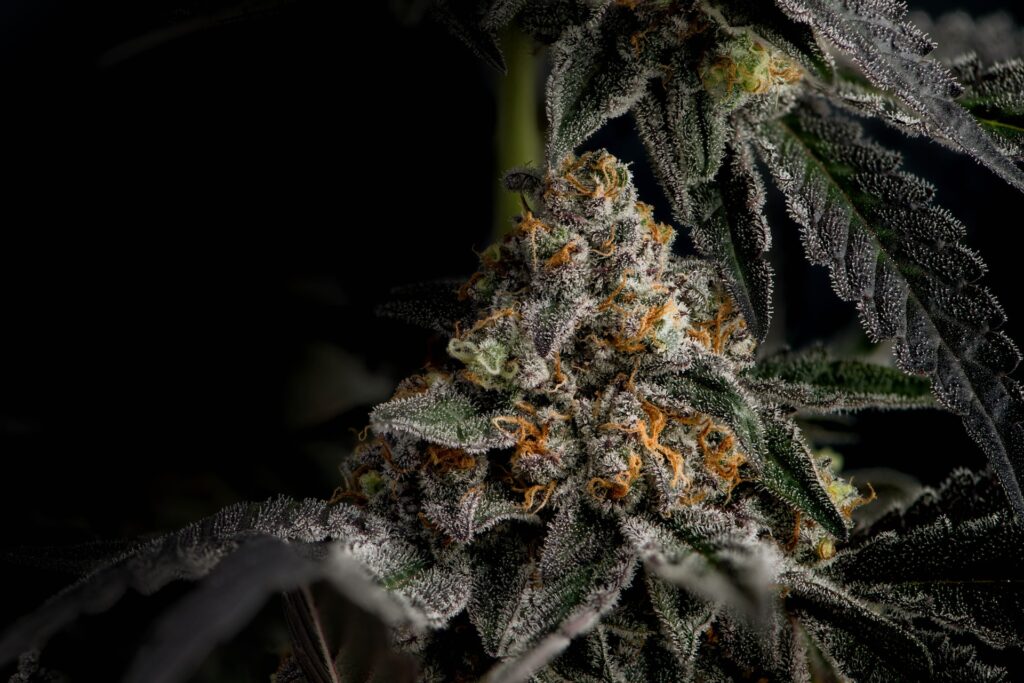
Cannabis affects us all differently — finding the right strain for you means determining if sativa, indica, or a hybrid fits your needs.
If you want energy, focus, and productivity, we recommend a sativa strain. Or, if you want to relax and clear your head, Indica might be a better fit. But if you know the exact effects you want, you can likely find a hybrid that hits the spot.
But where do you find the perfect strain for you? With Weedcolors.
Ready to find your perfect strain? Join our community and download the Weedcolors app today to explore your options for buying the best bud for you.

